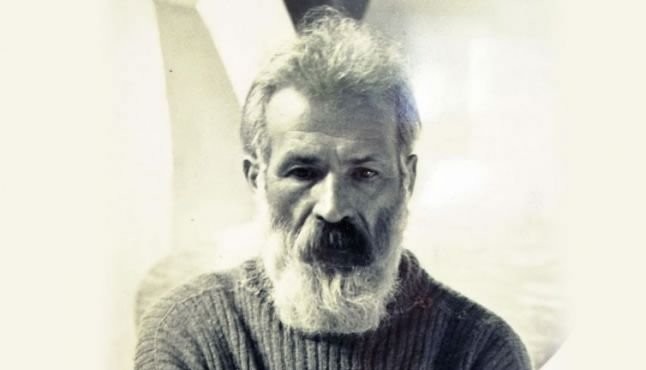
Constantin Brâncuşi
Constantin Brâncuși (February 19, 1876 – March 16, 1957) was a Romanian sculptor, painter and photographer who made his career in France. Considered a pioneer of modernism, one of the most influential sculptors of the 20th-century, Brâncuși is called the patriarch of modern sculpture. Or what we call today a Leader...
Brâncuși grew up in the village of Hobiţa, Gorj, near Târgu Jiu, close to Romania's Carpathian Mountains, an area known for its rich tradition of folk crafts, particularly woodcarving.
In 1903, Brâncuși left on foot to Munich, and from there to Paris, to fulfill his dream. In Paris, he was welcomed by the community of artists and intellectuals brimming with new ideas. He worked for two years in the workshop of Antonin Mercié of the École des Beaux-Arts, and was invited to enter the workshop of Auguste Rodin. Even though he admired the eminent Rodin he left the Rodin studio after only two months, saying, "Nothing can grow under big trees."
After leaving Rodin's workshop, Brâncuși began developing the revolutionary style for which he is known. His first commissioned work, "The Prayer", was part of a gravestone memorial.
In the following few years he made many versions of "The Kiss" and "Sleeping Muse", further simplifying forms to geometrical and sparse objects.
His works became popular in France, Romania and the United States. Collectors, notably John Quinn, bought his pieces, and reviewers praised his works. In 1913 Brâncuși's work was displayed at both the Salon des Indépendants and the first exhibition in the U.S. of modern art, the Armory Show.
The Magic Bird (Pasarea Maiastra) and on the back is the Fish
The Fish
He began working on the group of sculptures that are known as "Bird in Space" — simple shapes representing a bird in flight. The works are based on his earlier "Măiastra" series. In Romanian folklore the Măiastra is a beautiful golden bird who foretells the future and cures the blind. Over the following 20 years, Brâncuși would make 20-some versions of "Bird in Space" out of marble or bronze.
Photographer Edward Steichen purchased one of the "birds" in 1926 and shipped it to the United States. However, the customs officers did not accept the "bird" as a work of art and placed a duty upon its import as an industrial item. They charged the high tax placed upon raw metals instead of the no tax on art. A trial the next year overturned the assessment. Today the Bird in Space is the sign of NASA...
The Begining of the World.
In 1938, he finished the World War I monument in Târgu-Jiu where he had spent much of his childhood. "Table of Silence", "The Gate of the Kiss", and "Endless Column" commemorate the courage and sacrifice of Romanian's who in 1916 defended Târgu Jiu from the forces of the Central Powers. The restoration of this ensemble was spearheaded by the World Monuments Fund and was completed in 2004.
The Târgu Jiu ensemble marks the apex of his artistic career. As a sign of gratitude, the Romanian Parliament decided that in Târgu Jiu to be established the "Constantin Brâncuși" National Museum.
RARE VIDEO! Exclusive pictures of Brancusi, Endless Column during construction.











Ex Director at Competition Council
4yIn 2020, on 19 February, we comemotate 144 years from the birth of great sculptor Constantin Brâncuşi. Time flies, water passes, but stone remains.
Research Scientist at At my office in Lisbon
7yI love his work!
LinkedIn Citizen
7yIf you happen to be in Paris go visit Atelier Brancusi at Centre Pompidou, you'll be glad you did!http://en.parisinfo.com/paris-museum-monument/71423/Atelier-Brancusi-Centre-Georges-Pompidou
Ex Director at Competition Council
7yOn March 16 we comemorate 60 years of the death of Constantin Brancusi (16 March 1957). He died at 81 years and he is buried in Montparnasse cemetery from Paris.
professional thinker&traveller at EFOR
7yBro, we don't "celebrate" his death - we comemorate. Spot the difference :)